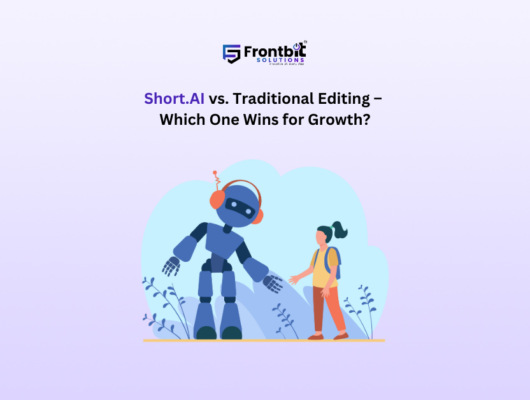Businesses must be adaptive and versatile in the current digital environment in order to reach their audience on a variety of channels. Headless APIs can help in this situation.
What is a Headless API?
A headless API (Application Programming Interface) acts as a middleman between your application’s backend and frontend. Unlike traditional APIs that come with a predefined user interface (UI), headless APIs are UI-agnostic. They provide raw data and functionalities accessible through code. This separation empowers developers with incredible advantages:
- Flexibility: Develop the frontend using any framework or technology that best suits your needs. Headless APIs ensure the data delivery remains consistent, regardless of the frontend choice.
- Omnichannel Delivery: Cater to your audience on any device or platform – mobile apps, web apps, even smart TVs – by building custom interfaces that leverage the headless API’s data.
- Innovation: Headless architecture allows for independent development of the frontend and backend. This enables faster innovation cycles on both ends without hindering progress.
How Headless APIs Work
Imagine a headless API as a restaurant kitchen. The chefs (backend) prepare delicious dishes (data and functionalities) following specific recipes (business logic). Waiters (frontend developers) don’t need to know the chef’s secrets; they simply receive the prepared meals and present them to the diners (users) on various plates (custom UI) based on the occasion (device or platform).
Benefits of Headless APIs
- Future-Proofing: Adapt to new technologies and trends with ease as the frontend and backend can evolve independently.
- Improved Developer Experience: Frontend developers can focus on crafting exceptional user interfaces without worrying about the complexities of the backend.
- Content Management Freedom: Manage content efficiently through a headless CMS (Content Management System) and deliver it seamlessly across platforms.
Headless APIs in Action
Headless APIs power a wide range of applications:
- E-commerce: Deliver product information and shopping experiences tailored to mobile apps, web interfaces, and even smart speakers.
- Content Management Systems: Manage and publish content (blogs, articles) on various platforms through a headless CMS.
- Internet of Things (IoT): Enable communication and data exchange between connected devices and backend systems.
Businesses may provide a completely omnichannel experience, efficiently reach their customers, and gain a competitive edge in the ever changing digital market by utilising headless APIs.







